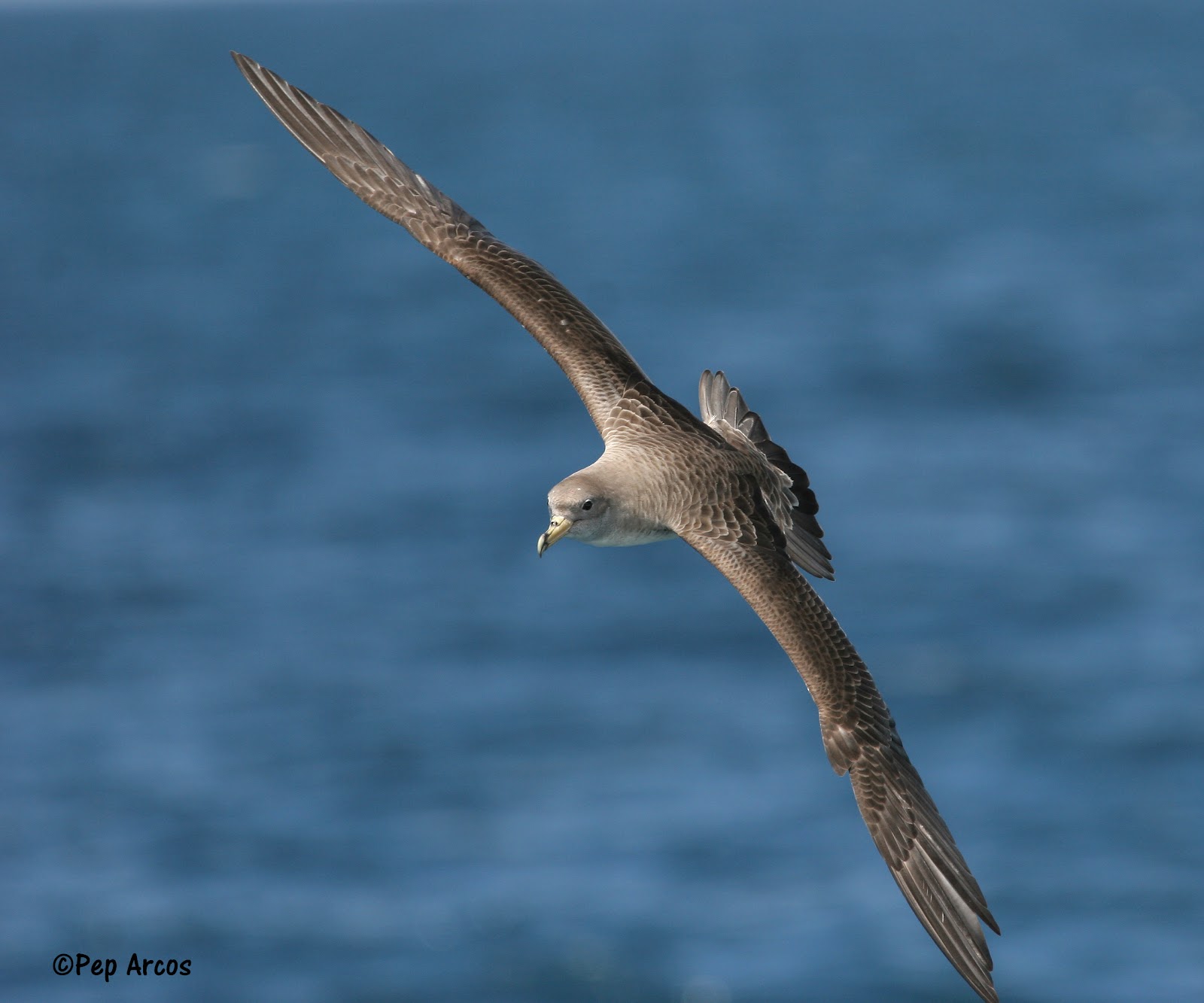Researchers from the EU Life+ Malta Seabird Project have been attaching Geolocator tags (GLS) to Scopoli’s Shearwaters Calonectris diomedea at Hal Fra, Malta that will gather information on at-their sea movements.
Eleven GLS tags (20 x 9 x 6.5 mm; 1.8 g) have been secured to adult birds around the metal band with a cable tie. The tags are able to gather data for up to two years until the battery runs out. Recovery of the devices is possible due to the fact that adult pairs return to the same nest site each year (click here to read more).

Scopoli's Shearwater, photograph by "Pep" Arcos
The Maltese seabird project aims to identify Marine Important Bird Areas for the three species of tubenose seabirds breeding in the Maltese Islands. The project is 50% funded by the EU’s LIFE unit, and is a partnership between BirdLife Malta, the RSPB (BirdLife UK), SPEA (BirdLife Portugal) and the Ministry for Sustainable Development, Environment and Climate Change.
Click here to read about a then 28+-year old Scopoli’s Shearwater banded as a breeding adult on Malta in 1985, and recaptured there in 2013, the oldest known up to that time.
John Cooper, ACAP Information Officer, 05 October 2015

 English
English  Français
Français  Español
Español